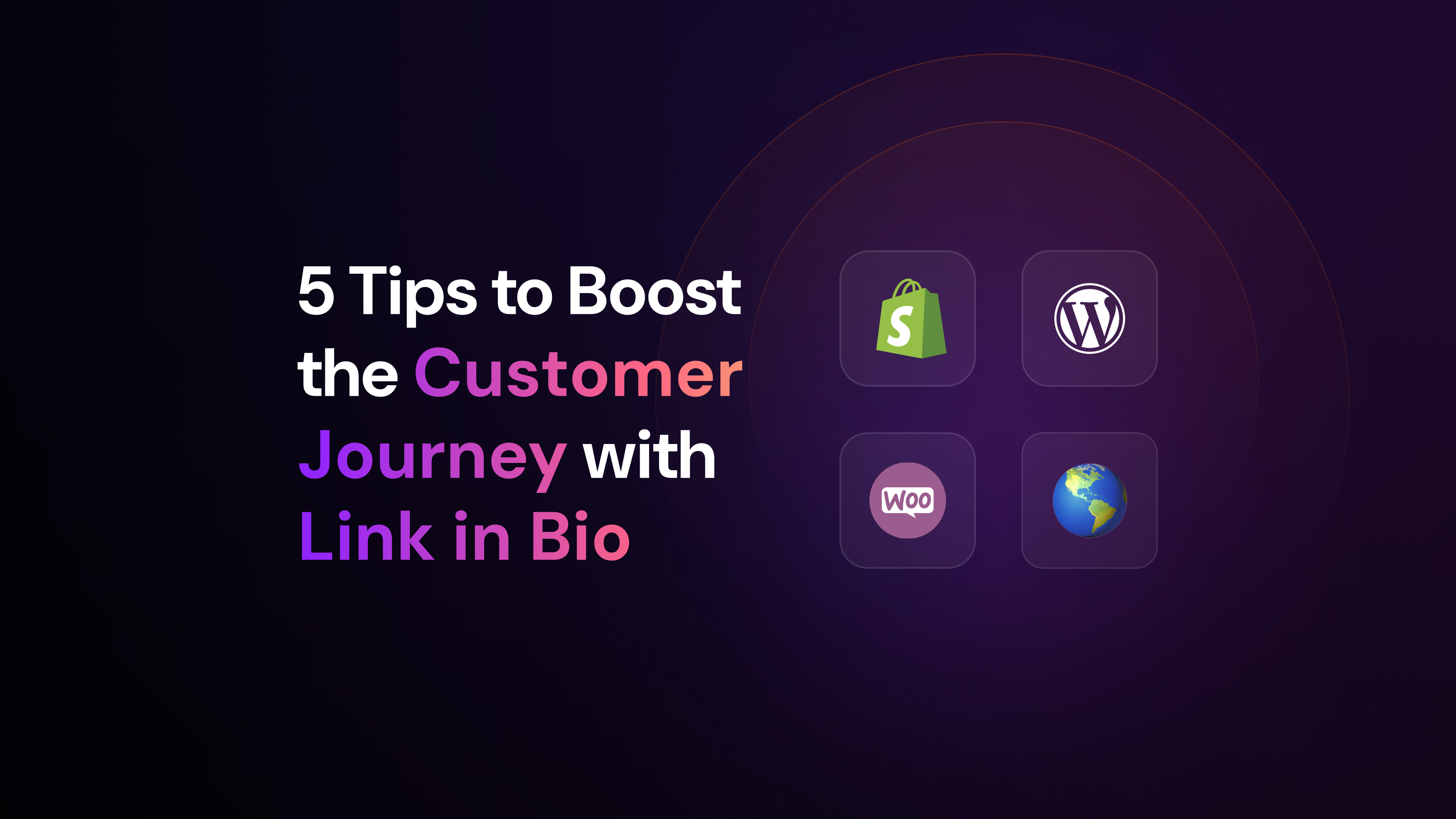Beloved brands like Apple and Playstation have used Live Chat to inform and engage customers. Read on to learn how this tool can transform the relationship with your audience.
If you are looking to harness real-time interactions between your brand and its customers, you have probably heard of live chats before. Often seen as a tool for customer support, Live Chat is a popular alternative to email and phone support channels, as it allows instant discussions to resolve simple queries.
Most customers already prefer Live Chat to other support channels. Around 46% of consumers prefer live chat over email and social media, for example.
Besides, Live Chat applications allow brands to communicate with website visitors automatically via chatbots, or through live customer service teams, helping to drive conversions and build longer-lasting relationships.
That is vital in the age of omnichannel experiences. Customers expect every touchpoint with companies to provide them with a consistent experience, otherwise, they won’t come back for more.
Live Chat materializes the cliché that brands should “send customers the right messages at the right time.” In your website, users are just a few clicks away from becoming actual customers, so why not use Live Chat to guide them through the browsing experience?
With Live Chat, you can engage customers in the best time to reach your business goals.
In this post, we will explore:
- Reasons to use Live Chat
- Live Chat triggers that can boost engagement in your website
- Live Chat examples from global brands
- Basic steps to creating engagement with Live Chat
Reasons to incorporate Live Chat into your strategy
Boost your brand awareness
Word of mouth is one of the best ways to attract new customers. If you offer great customer support through Live Chat and delight users with it, you can bet they will tell their peers about it.
A study from Kayako found out that 29% of consumers have told friends or colleagues about a positive live chat experience. Live Chat allows your brand to create a loyal customer base and build awareness.
However, make sure your Live Chat is well implemented and that you have well-trained agents behind it since a bad Live Chat experience can work against your brand. According to the same study, 20% of consumers have spread negative impressions after poor live chat experiences.
It’s the same old story: it takes years to build a company’s image, but just a single customer’s bad experience to take it down.
Understand customers’ behavior and have real-time feedback
Great companies are always trying to find new ways to spot customers’ pain points and improve their customer experience.
With Live Chat, you can have access to real-time customer feedback and spot gaps in the customer experience, which can make customer service, product, and marketing improvement cycles much quicker. Instead of running long surveys, you can get relevant insights just by asking questions to customers.
Besides, many Live Chat platforms offer analytics tools to help you analyze customer service both quantitatively and qualitatively.
Strengthen relationship with your customers
Social media and messaging apps have made customers get used to instant gratification in every aspect of life. In that context, Live Chat gives them reactivity and personalization in a way no other support channel could.
By sending targeted and real-time messages with Live Chat, you can make your customer service more personal and show customers their specific requests matter. No more standard emails that take days to solve simple queries.
Having Live Chat portrays your brand as more approachable, helpful, and customer-centric than the ones that don’t offer it.
Increase conversion rates
Even before a customer buys from you, the support channels available can have a big impact on the likelihood of conversion. According to CrazyEgg, 38% of consumers are more likely to buy from a company if they offer Live Chat Support.
Plus, Live Chat is a great way to bring visitors back to your website. An Emarketer study shows that 63% of customers were more likely to return to a website that offers Live Chat.
Boosting customer loyalty
Think of the brands you’ve bought from more than once. They probably offer more than great products, right? More often than not, customers are loyal to companies that once provided them with great customer service.
According to Kayako, 51% of consumers are more likely to stay with or buy again from a company if they offer live chat support.
Using Live Chat triggers to drive user engagement
You can use Live Chat reactively or proactively. In the reactive approach, your company will talk to customers via chat only if requested. In the proactive approach, you can send automated messages throughout the customer navigation journey.
The proactive approach represents a significant way to engage visitors. Many brands have used Live Chat triggers on their websites to send the right message at the right time to the right users.
Here are a few examples of Live Chat triggers you can use:
- Welcome messages: you can use Live Chat to send specific welcome messages to users, present the company, or offer welcome discounts
- Content subscription: if your company offers proprietary content, such as a newsletter or blog, you can remind the user of these content channels or make suggestions of content they could enjoy
- Repeat buyer: Since Live Chat can be integrated into CRM and other data management platforms, you can use it to identify repeat customers and offer them discounts
- Targeted discount: you can also dig into customer data to offer discounts based on demographic criteria (localization, gender, etc)
- Category: a great way of using proactive Live Chat is by suggesting new products within the category the user is browsing
- Inactive user: send a message to users that have been inactive on your website after a few minutes
- Checkout: let’s say your customers frequently get lost in the checkout process. You can set up your greeting in Live Chat and offer help before they give up on their purchase. Or, you can offer an upsell proposition based on users’ choice, for example.
How brands are using live chat to improve engagement and generate more revenue
Live Chat is one of the best tools to respond to customers’ urge for real-time interactions. No wonder some of the most beloved brands in the digital landscape have used Live Chat to enhance their websites.
Having trouble visualizing Live Chat? Let’s see how successful digital platforms and retailers are using it.
Playstation Live Chat
The famous Sony brand PlayStation has different Live Chat rooms where gamers can talk to its support agents. The chat rooms are linked to PlayStation’s webpage where customers can make requests and queries about account access, game purchases, and charge refunds.
Apple Live Chat
Apple, which is known for its great customer experience, also placed a real-time customer support team on Live Chat. Through the chat, customers talk to an Apple expert who specializes in their exact question. Everything happens within Apple’s website, so the customer doesn’t have to worry about sending messages to other support channels and waiting for emails and phone calls.
Groupon Live Chat
Groupon also allows customers to reach out for support through Live Chat. Customers can be routed to specific departments and support agents according to frequent topics:
- Change My Order
- Order Never Arrived
- Refund My Order
- Update Account Info
- Voucher Code Won’t Work
If the request is not related to any of those topics, then the customer can talk to a general agent. According to Groupon, more than 1.7 million users have used Live Chat to contact customer support in the last 18 months.
Walmart Live Chat
The world’s major retailer, Walmart, offers a Live Chat window along with an FAQ page. If the customer can’t solve their problem after browsing frequently asked questions, then they can contact Walmart’s Help Center through an automated support assistant.
Other Live Chat formats
Live Video and Voice Chat
As great as Live Chat might be, brands are aware that modern communication goes way beyond texting. Customers have become used to interacting with pictures, videos, and voice messages, so why couldn’t Live Chat incorporate other messaging formats?
Some companies are adding Vídeo and Voice Chat to their Live Chat experience. Such formats make resolutions quicker and make interactions more dynamic since customers’ requests sometimes can be complex or take too long to explain by text.
With voice and video chat, customers can easily solve queries related to physical products and services, for instance.
One of the brands testing video chat is IKEA, who are using it in Sweden as part of the customer support, sales, and shopper consulting services. According to Rickard Mansson, a Customer Experience Business Developer at IKEA Sweden, the company decided to test video to streamline customer support.
4 basic steps to create a proactive engagement strategy with Live Chat
- Know your audience
There is no use having a good Live Chat tool if you don’t know the specifics about the audience you would like to engage within your website. It’s important to set up audience criteria to give you more control over the type of language you’ll use in the Live Chat, your priority customers, etc.
- Consider timing
When shaping your Live Chat strategy, make sure to consider time-based targeting options if your idea is to have proactive Live Chat. You should be able to send messages in real-time or delay messages until visitors are more engaged with your page or website – just so they are more likely to interact.
If you are more prone to adopting reactive Live Chat, your concern should be about availability. Does your Live Chat support team work 24/7? If it doesn’t, can you send automated messages outside business hours? These are some things to consider before implementing Live Chat to prevent bad customer experience.
- Craft your message
You also have to be very careful when crafting your live chat engagement messages. Make sure your brand is personal and specific, as Live Chat is a one-to-one communication tool. If you have a human team behind the chat, make sure they answer quickly and ask only the necessary questions. Now, if you have automated Live Chat, make sure your messages contain calls-to-action (CTAs) to guide users through the buying journey.
- Measure results and optimize your Live Chat
Make sure you monitor your company’s Live Chat periodically to understand how it’s performing, if there are new frequent queries related to specific events and how you can use Live Chat information in favor of different departments – Customer Service, Product, Marketing, etc.
You should measure Live Chat quality and performance and analyze key Customer Service metrics through it. From here, you can adjust the tone of messages, timing, and overall agent training.
Ready to add Live Chat to your website?
Live Chat can optimize many aspects of digital business, and executives are increasingly aware of its importance. A 2018 survey from Bold 360 found out that 71% of respondents believe Live Chat will surpass traditional customer service communication channels by 2021.
Hasn’t your organization incorporated Live Chat yet? It’s time to change that.
Arena has one of the most complete Live Chat solutions on the market. You can try it for free and start engaging your customers in real-time right now.



